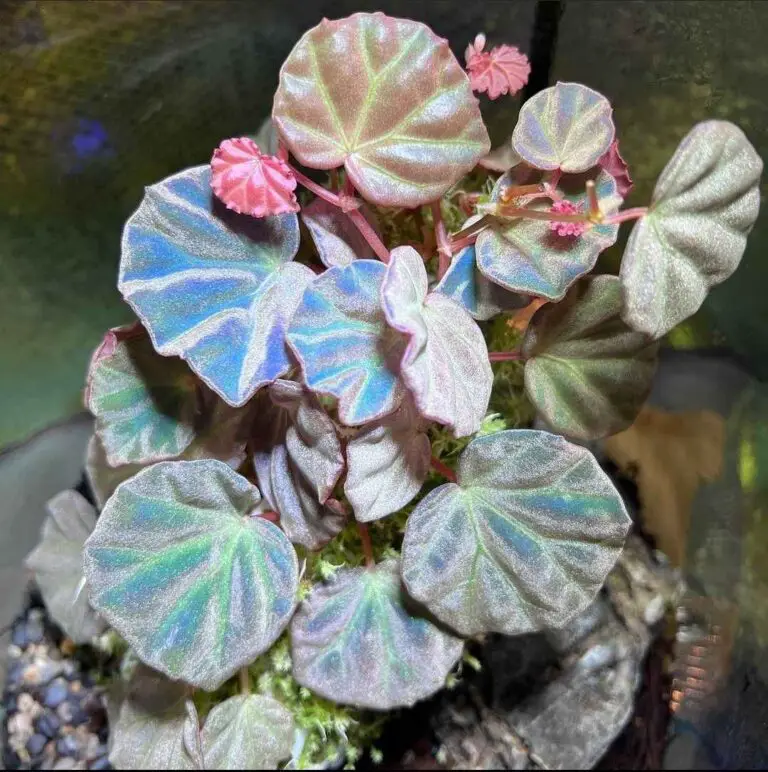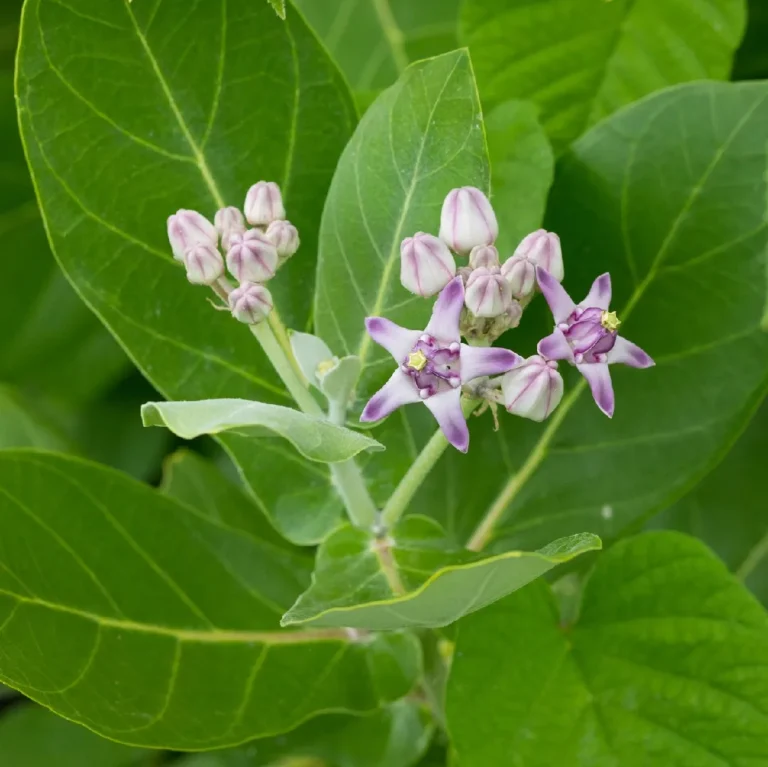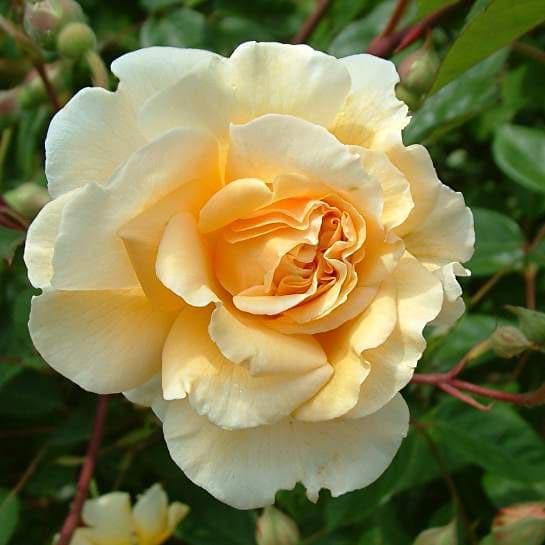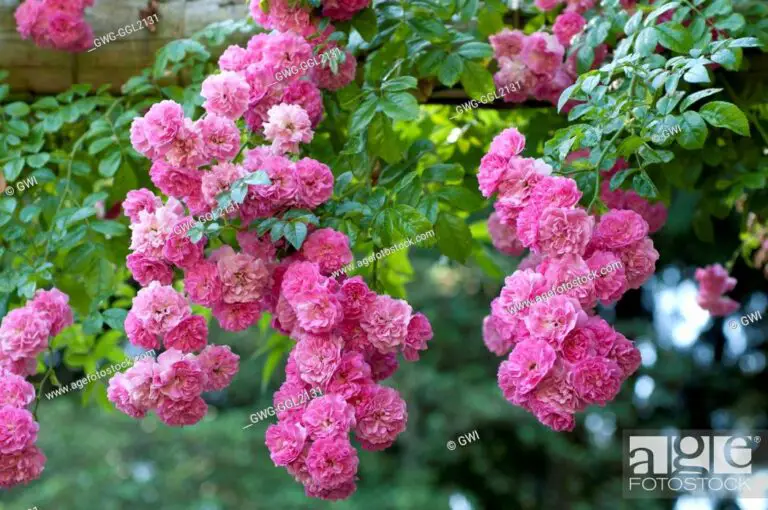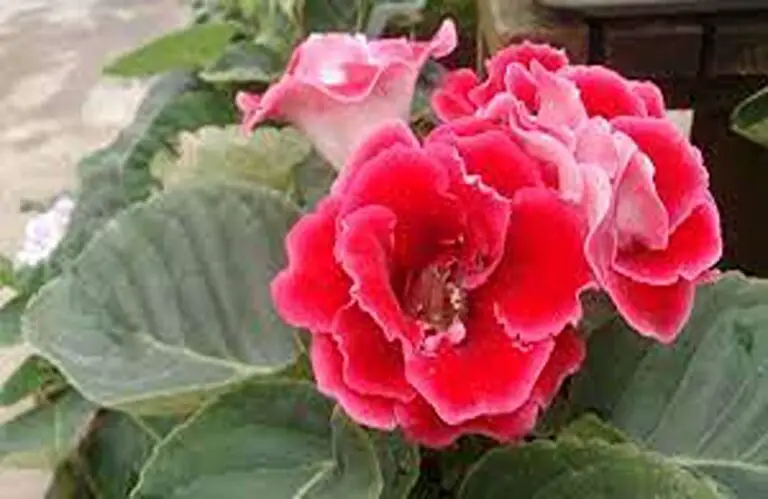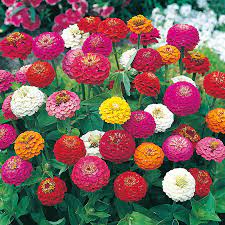Introduction to Belle of India Jasmine
Welcome to the enchanting world of the Belle of India Jasmine! This exquisite plant, scientifically known as Jasminum Sambac ‘Belle of India,’ is a captivating addition to any garden. Its delicate blooms and unique characteristics make it a standout choice for both novice and seasoned gardeners. In this article, we will delve into the essential aspects of planting and caring for the Belle of India Jasmine, providing you with concise insights to cultivate a thriving garden. Let’s embark on a journey to discover the beauty and simplicity of nurturing this remarkable jasmine variety.
Overview in a Table
| Scientific Name | Jasminum Sambac ‘Belle of India’ |
| Common Name | Belle of India Jasmine |
| Sunlight | Full sunlight (6+ hours per day) |
| Watering | Keep soil consistently moist |
| Soil Type | Well-draining, slightly acidic to neutral |
| Fertilization | Balanced fertilizer during the growing season |
| Pruning | Regular pruning to shape and stimulate growth |
| Height | Compact growth, suitable for hedges |
| Flowering | Fragrant white flowers, blooms intermittently |
| Foliage | Glossy, dark green, evergreen |
| Special Features | Cultural significance, low maintenance |
| Companions | Arabian Jasmine, Allyson Mexican Heather, Red Sensation Grass Palm |
| Cultural Uses | Traditional ceremonies, symbolic in folklore |
| Additional Notes | Adaptable to container gardening, attracts pollinators |
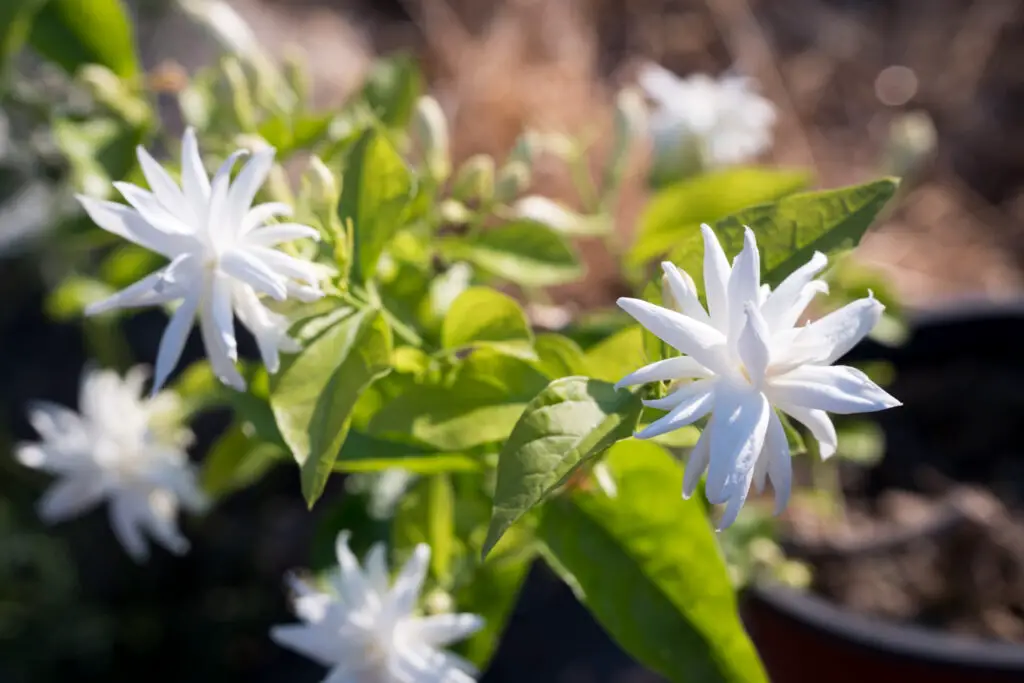
Click for More Fragrant Plants
Planting and Growing Tips
Planting Belle of India Jasmine:
When it comes to planting the Belle of India Jasmine, choose a location that receives ample sunlight. This plant thrives in well-draining soil, so ensure the chosen spot offers good drainage. Dig a hole twice as wide as the root ball and place the plant, filling the surrounding area with soil. Water generously to help the roots settle.
Sunlight Requirements:
Belle of India Jasmine flourishes in full sunlight, making it ideal for gardens with plenty of direct sunlight exposure. Ensure it receives at least 6 hours of sunlight daily for optimal growth and prolific flowering.
Watering Guidelines:
Maintaining the right moisture balance is crucial for the Belle of India Jasmine. Water the plant consistently, keeping the soil evenly moist but not waterlogged. In hot weather, increase watering frequency to prevent the soil from drying out.
Soil Selection:
Choose a well-draining soil mix with a slightly acidic to neutral pH for Belle of India Jasmine. Amending the soil with organic matter can enhance its fertility and structure, providing a conducive environment for healthy growth.
Fertilizing Techniques:
To promote robust growth and abundant flowering, use a balanced fertilizer with equal amounts of nitrogen, phosphorus, and potassium. Apply the fertilizer during the growing season, following package instructions for proper dosage.
Pruning Tips:
Prune Belle of India Jasmine regularly to shape the plant and encourage new growth. Remove dead or diseased branches to maintain its overall health and appearance. Pruning after the flowering season can stimulate more blooms in the following season.
By following these planting and growing tips, you’ll set the stage for a flourishing Belle of India Jasmine in your garden. Now, let’s explore specific care guidelines for watering, sunlight, and fertilization to ensure your jasmine plant thrives and graces your space with its captivating beauty.
Watering Guidelines for Belle of India Jasmine
Proper watering is a key factor in the success of cultivating the Belle of India Jasmine. Here’s a breakdown of effective watering guidelines:
Consistent Moisture:
Belle of India Jasmine prefers consistently moist soil, especially during its active growing season. Ensure the soil around the plant stays evenly moist, but avoid overwatering, as this can lead to root rot.
Watering Frequency:
Establish a regular watering schedule, aiming to keep the soil consistently damp. In hotter climates, you may need to water more frequently to prevent the soil from drying out. Monitor the moisture levels and adjust your watering routine accordingly.
Watering Technique:
When watering Belle of India Jasmine, aim for the base of the plant to deliver water directly to the root zone. This helps prevent water from splashing onto the foliage, reducing the risk of fungal diseases.
Consideration for Climate:
Adapt your watering practices based on the climate in your region. In periods of high temperatures, the plant may require more frequent watering to cope with increased evaporation.
Signs of Overwatering or Underwatering:
Pay attention to the condition of the plant to identify signs of overwatering or underwatering. Yellowing leaves may indicate overwatering, while wilting or drooping may suggest underwatering. Adjust your watering routine accordingly.
Mulching Benefits:
Applying a layer of mulch around the base of the Belle of India Jasmine can help retain soil moisture, regulate temperature, and inhibit weed growth. This contributes to a more stable and favorable environment for the plant.
By following these watering guidelines, you’ll provide the Belle of India Jasmine with the moisture it needs to thrive, promoting healthy growth and abundant flowering. Stay attuned to the specific needs of your plant and adjust your watering routine to ensure its well-being throughout the growing season.
Sunlight Requirements
Ensuring proper sunlight exposure is crucial for the optimal growth and blooming of the Belle of India Jasmine. Here’s a comprehensive guide to meeting its sunlight requirements:
Full Sunlight:
The Belle of India Jasmine thrives in full sunlight, making it essential to choose a planting location that receives at least 6 hours of direct sunlight daily. Exposure to ample sunlight is key to stimulating flowering and maintaining the plant’s overall health.
South or West-Facing Locations:
For the best results, plant your Belle of India Jasmine in a south or west-facing area of your garden. These locations typically receive the strongest and most consistent sunlight throughout the day.
Sunlight and Flowering:
Adequate sunlight is directly correlated with the plant’s flowering potential. Insufficient sunlight may result in reduced blooming, so prioritize a sunny spot to enjoy the full splendor of the Belle of India Jasmine’s fragrant blossoms.
Protection from Harsh Afternoon Sun:
While the Belle of India Jasmine loves sunlight, it’s advisable to provide some protection from intense afternoon sun, especially in hotter climates. This can be achieved by planting it near taller plants or structures that offer partial shade during peak sunlight hours.
Indoor Cultivation:
If you’re cultivating Belle of India Jasmine indoors, place it near a south or west-facing window to ensure it receives adequate sunlight. Consider rotating the plant occasionally to promote even growth on all sides.
Monitoring Sunlight Conditions:
Regularly monitor the sunlight conditions in your garden to ensure the Belle of India Jasmine continues to receive the required amount. Changes in the surrounding landscape, such as the growth of nearby trees, can impact sunlight exposure.
By adhering to these sunlight guidelines, you’ll provide the Belle of India Jasmine with the ideal conditions for robust growth and prolific flowering. Whether planted outdoors or indoors, maintaining the right balance of sunlight is key to unlocking the full beauty of this captivating jasmine variety.
Choosing the Right Soil for Belle of India Jasmine
Selecting the appropriate soil is paramount to the success of cultivating Belle of India Jasmine. Here’s a detailed guide on the ideal soil conditions for this enchanting plant:
5.1 Well-Draining Soil:
Belle of India Jasmine thrives in well-draining soil that prevents waterlogging, which can be detrimental to its root health. Choose a soil mix that allows excess water to drain away, ensuring aeration and preventing the risk of root rot.
Soil pH:
Maintain a slightly acidic to neutral soil pH for optimal Belle of India Jasmine growth. A pH range between 6.0 and 7.0 is ideal. You can test the soil pH using a simple kit available at garden centers and adjust it as needed with amendments.
Organic Matter:
Enhance the soil fertility and structure by incorporating organic matter. Well-rotted compost or aged manure can be mixed into the soil before planting to provide essential nutrients and improve moisture retention.
Sandy or Loamy Soil:
Belle of India Jasmine adapts well to sandy or loamy soils with good drainage. These soil types promote healthy root development and allow for effective nutrient absorption.
Container Gardening:
If cultivating Belle of India Jasmine in containers, use a high-quality potting mix designed for flowering plants. Ensure the container has drainage holes to prevent water accumulation at the bottom.
Mulching Benefits:
Applying a layer of mulch around the base of the plant offers several advantages. Mulch helps regulate soil temperature, retains moisture, and suppresses weed growth. Organic mulch, such as bark chips or straw, is suitable for Belle of India Jasmine.
Regular Soil Inspection:
Periodically inspect the soil conditions around your Belle of India Jasmine. If you notice any signs of waterlogging, adjust the soil or container drainage. Additionally, monitor nutrient levels and consider fertilizing as needed.
By adhering to these soil selection guidelines, you’ll create an optimal foundation for the Belle of India Jasmine to thrive. The right soil conditions contribute significantly to the plant’s overall health, ensuring it produces an abundance of fragrant flowers and remains a captivating centerpiece in your garden.
Fertilizing Techniques
Fertilizing the Belle of India Jasmine is a crucial aspect of its care regimen, promoting vigorous growth and abundant flowering. Here’s a detailed guide on effective fertilizing techniques:
Balanced Fertilizer:
Choose a balanced fertilizer with equal proportions of nitrogen (N), phosphorus (P), and potassium (K). A balanced NPK ratio, such as 10-10-10 or 14-14-14, provides the essential nutrients needed for overall plant health.
Application Timing:
Apply fertilizer to Belle of India Jasmine during the growing season, typically in spring and summer. This is when the plant is actively producing new growth and flowering. Avoid fertilizing during the dormant winter months.
Dilution and Dosage:
Follow the manufacturer’s instructions for dilution and dosage when applying fertilizer. Over-fertilizing can lead to nutrient imbalances and potential damage to the plant. Measure and apply the fertilizer carefully to prevent these issues.
Granular vs. Liquid Fertilizer:
Both granular and liquid fertilizers are suitable for Belle of India Jasmine. Granular forms are often applied to the soil surface and watered in, while liquid fertilizers can be applied directly to the soil or as a foliar spray. Choose the form that aligns with your preference and gardening practices.
Slow-Release Fertilizer:
Consider using a slow-release fertilizer for convenience and sustained nutrient availability. These fertilizers release nutrients gradually over an extended period, reducing the need for frequent applications.
Focus on Phosphorus:
Phosphorus is particularly important for flowering plants like Belle of India Jasmine. Look for a fertilizer with a slightly higher phosphorus content to support robust blooming. This is often represented as the middle number in the NPK ratio.
Foliar Feeding:
Supplement traditional soil application with foliar feeding. This involves spraying a diluted fertilizer solution directly onto the plant’s leaves. This method provides a quick nutrient boost and can be especially beneficial during the growing season.
Post-Flowering Fertilization:
After the flowering season, consider a light application of fertilizer to support the plant’s recovery and prepare it for the next blooming cycle. Follow this post-flowering fertilization with proper pruning to shape the plant.
By incorporating these fertilizing techniques into your Belle of India Jasmine care routine, you’ll ensure that the plant receives the necessary nutrients for healthy growth and a profusion of fragrant blossoms. Remember to tailor the fertilization schedule to the specific needs of your jasmine and monitor its response to maintain optimal flowering conditions.
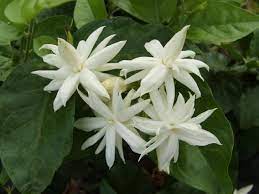
Landscape Attributes of Belle of India Jasmine
The Belle of India Jasmine is not just a fragrant addition to your garden; it also brings unique landscape attributes that enhance the overall aesthetic appeal. Explore the distinctive features that make this jasmine variety a standout choice for your landscape:
Evergreen Foliage:
Belle of India Jasmine boasts lush, evergreen foliage that adds a touch of greenery to your garden throughout the year. The glossy, dark green leaves create a vibrant backdrop for the plant’s fragrant blossoms.
Compact Growth Habit:
This jasmine variety exhibits a compact and bushy growth habit, making it well-suited for various landscaping scenarios. Its neat form allows it to fit seamlessly into flower beds, borders, or even containers, providing versatility in garden design.
Fragrant Flowers:
The undeniable allure of the Belle of India Jasmine lies in its fragrant flowers. The blooms, which resemble small, white, pinwheel-shaped stars, emit a sweet and intoxicating scent. This fragrance not only delights the senses but also attracts pollinators like bees and butterflies.
Suitable for Hedging:
Due to its compact growth and dense foliage, Belle of India Jasmine is an excellent choice for creating low hedges or borders. Planting multiple specimens in a row can result in a beautifully fragrant and visually appealing hedge.
Container Gardening:
Embrace container gardening with Belle of India Jasmine. Its manageable size and adaptability make it a charming addition to patios, balconies, or any outdoor space where you can enjoy its fragrance up close.
Year-Round Interest:
With its evergreen nature and periodic flowering, Belle of India Jasmine contributes to year-round visual interest in your garden. Whether it’s the glossy leaves or the delicate white flowers, there’s always something captivating to admire.
Wildlife Attraction:
The fragrant blossoms of Belle of India Jasmine attract not only human admirers but also pollinators. Bees and butterflies are drawn to the sweet nectar, adding a lively and ecological dimension to your garden.
Low Maintenance:
Beyond its visual and olfactory appeal, Belle of India Jasmine is relatively low maintenance. With proper watering, sunlight, and occasional pruning, you can enjoy its beauty without extensive care requirements.
Incorporating Belle of India Jasmine into your landscape design brings not only captivating beauty but also a range of practical and aesthetic benefits. Whether you choose to plant it in flower beds, use it for hedging, or cultivate it in containers, this jasmine variety elevates the overall charm of your outdoor space.
Ornamental Features: Flowers and Foliage
The ornamental features of Belle of India Jasmine extend beyond its fragrant flowers, encompassing the foliage and overall aesthetic appeal. Let’s explore the captivating aspects that make this jasmine variety a standout in terms of both flowers and foliage:
Fragrant Blossoms:
The star attraction of Belle of India Jasmine is undoubtedly its fragrant blossoms. The small, white flowers with distinctive pinwheel shapes emit a sweet and alluring fragrance. Their enchanting scent makes them not only visually appealing but also a sensory delight in any garden setting.
Blooming Period:
Belle of India Jasmine typically blooms in cycles, producing flowers intermittently throughout the year. This extended blooming period ensures a steady supply of fragrant blossoms, allowing you to enjoy its beauty across seasons.
Flower Arrangement:
The flowers of Belle of India Jasmine are arranged in clusters, creating a visually striking display. The compact clusters, often found at the tips of the branches, contribute to the overall elegance of the plant’s appearance.
Glossy, Dark Green Leaves:
Complementing the exquisite blooms are the glossy, dark green leaves of Belle of India Jasmine. The evergreen foliage adds a lush and vibrant backdrop to the white flowers, creating a visually appealing contrast.
Compact Growth Form:
The plant’s compact and bushy growth form enhances its ornamental value. This feature not only makes Belle of India Jasmine suitable for various landscaping applications but also contributes to its overall neat and well-groomed appearance.
Contrasting Colors:
The combination of the white flowers and dark green foliage creates a visually striking contrast. This interplay of colors adds depth and dimension to the overall aesthetic, making Belle of India Jasmine a visually captivating addition to gardens and landscapes.
Delicate Petals:
The individual petals of Belle of India Jasmine’s flowers are delicate and dainty, contributing to the plant’s overall charm. Their graceful appearance adds a touch of elegance to the garden.
Visual Impact:
Whether used as a focal point in a garden bed, as part of a hedge, or in containers, Belle of India Jasmine makes a lasting visual impact. Its ornamental features make it a popular choice for those seeking both beauty and fragrance in their outdoor spaces.
Incorporating Belle of India Jasmine into your garden not only introduces fragrant blooms but also showcases a harmonious blend of visual elements. From the glossy leaves to the delicately arranged flowers, each ornamental feature contributes to the overall charm and appeal of this captivating jasmine variety.
Additional Information on Belle of India Jasmine
Beyond its planting and care guidelines, additional information about Belle of India Jasmine enhances your understanding of this captivating plant. Let’s delve into some interesting details that add depth to your knowledge:
Cultural Significance:
Belle of India Jasmine, scientifically known as Jasminum Sambac ‘Belle of India,’ has cultural significance in various parts of the world. It is revered for its use in traditional ceremonies, religious rituals, and as a symbol of purity and beauty in different cultures.
Native Habitat:
This jasmine variety is native to Southeast Asia, particularly in regions with tropical and subtropical climates. Understanding its native habitat provides insights into its preferred growing conditions, helping you create a suitable environment in your garden.
Prized for Fragrance:
One of the primary reasons for the popularity of Belle of India Jasmine is its exquisite fragrance. The sweet and intoxicating scent makes it a sought-after choice for perfumes, essential oils, and floral arrangements.
Medicinal Uses:
In some traditional medicinal practices, various parts of the Belle of India Jasmine plant are believed to have therapeutic properties. From treating skin conditions to promoting relaxation, certain cultures have incorporated this jasmine variety into herbal remedies.
Symbolism in Folklore:
In folklore and literature, jasmine, in general, is often associated with symbolism such as love, purity, and sensuality. Belle of India Jasmine, with its rich fragrance and elegant blooms, continues this tradition of symbolic representation.
Container Gardening Tips:
For those with limited garden space, Belle of India Jasmine adapts well to container gardening. Ensure the container has proper drainage, use a well-draining potting mix, and provide adequate sunlight for successful cultivation in containers.
Companion Planting:
Consider incorporating Belle of India Jasmine as a companion plant in your garden. Its fragrant blooms can attract beneficial pollinators to support the overall health of your garden ecosystem.
Varieties and Cultivars:
While Belle of India Jasmine is a distinct cultivar, exploring other varieties of Jasminum Sambac can broaden your jasmine collection. Some varieties may exhibit variations in flower color, size, or growth habits.
Container Gardening Tips:
For those with limited garden space, Belle of India Jasmine adapts well to container gardening. Ensure the container has proper drainage, use a well-draining potting mix, and provide adequate sunlight for successful cultivation in containers.
Fragrance Preservation:
To preserve the fragrance of freshly harvested Belle of India Jasmine blooms, consider using them in potpourri, essential oil extraction, or as natural air fresheners. Harvest flowers in the morning when the fragrance is typically strongest.
Pest and Disease Resistance:
Belle of India Jasmine exhibits good resistance to common pests and diseases. Regular monitoring for any signs of pests, such as aphids or scale insects, and prompt action, if needed, can help maintain the plant’s health.
By delving into these additional aspects of Belle of India Jasmine, you gain a comprehensive understanding of its cultural significance, versatility, and unique qualities. This enriched knowledge not only enhances your gardening experience but also allows you to appreciate the plant beyond its visual and aromatic allure.
Related Plants: Arabian Jasmine, Allyson Mexican Heather, Red Sensation Grass Palm
Exploring related plants can provide you with a well-rounded garden design and complement the beauty of Belle of India Jasmine. Let’s take a closer look at three intriguing companions for your garden:
Arabian Jasmine (Jasminum Sambac):
Arabian Jasmine, a close relative of Belle of India Jasmine, shares similar cultural significance and fragrant blooms. Known for its pure white flowers, Arabian Jasmine is a popular choice for gardens, and its versatile nature allows it to thrive both indoors and outdoors.
Allyson Mexican Heather (Cuphea hyssopifolia):
Allyson Mexican Heather, with its petite and vibrant purple flowers, contrasts beautifully with the white blooms of Belle of India Jasmine. This low-maintenance perennial adds a splash of color to your garden and is known for its resilience in various soil conditions.
Red Sensation Grass Palm (Cordyline fruticosa):
Introduce a touch of tropical flair with the Red Sensation Grass Palm. With its striking red and green foliage, this ornamental plant complements the evergreen leaves of Belle of India Jasmine. It adds height and visual interest, creating a dynamic and lush garden setting.
Designing with Complementary Colors:
Consider the color palette when arranging these plants in your garden. The white, purple, and red hues create a visually appealing contrast that adds depth and vibrancy to your outdoor space.
Sunlight and Watering Compatibility:
Ensure that the related plants share similar sunlight and watering requirements to create a cohesive and harmonious garden. This ensures that each plant thrives in its designated space without compromising on its individual needs.
Container Gardening Possibilities:
For those with limited space or those who enjoy container gardening, these related plants can be cultivated in pots. Grouping them in containers allows you to experiment with different arrangements and easily move them to optimize sunlight exposure.
Pollinator-Friendly Choices:
Arabian Jasmine, Allyson Mexican Heather, and Red Sensation Grass Palm all have features that attract pollinators. By including these plants in your garden, you contribute to a pollinator-friendly environment, supporting the health of your garden ecosystem.
Year-Round Interest:
Each of these plants contributes to year-round interest in the garden. Whether it’s the fragrant blossoms of jasmine, the colorful flowers of Mexican Heather, or the vibrant foliage of the Grass Palm, your garden will have something captivating to offer in every season.
Container Gardening Possibilities:
For those with limited space or those who enjoy container gardening, these related plants can be cultivated in pots. Grouping them in containers allows you to experiment with different arrangements and easily move them to optimize sunlight exposure.
Creating a Cohesive Garden Design:
By strategically incorporating related plants like Arabian Jasmine, Allyson Mexican Heather, and Red Sensation Grass Palm, you can create a cohesive garden design that is visually appealing and harmonious. Consider factors such as height, color, and texture when planning your garden layout.
Embracing a variety of related plants in your garden, each with its unique characteristics, adds depth and diversity to your outdoor space. By carefully selecting companions for Belle of India Jasmine, you create a garden that not only captivates the senses but also offers a well-balanced and harmonious aesthetic.
Conclusion
In conclusion, cultivating the Belle of India Jasmine in your garden opens the door to a world of sensory delight and visual beauty. From its fragrant blossoms and evergreen foliage to its compact growth form, this jasmine variety brings ornamental charm and versatility to any landscape. As you explore additional details about its cultural significance, medicinal uses, and companion plants like Arabian Jasmine, Allyson Mexican Heather, and Red Sensation Grass Palm, you gain a holistic understanding of how to integrate this enchanting plant into a well-rounded garden design. With proper care and thoughtful selection of related plants, your garden can become a harmonious haven, bursting with color, fragrance, and year-round interest. Whether in flower beds, containers, or hedges, the Belle of India Jasmine proves to be a captivating centerpiece that elevates the aesthetic appeal of your outdoor space.

